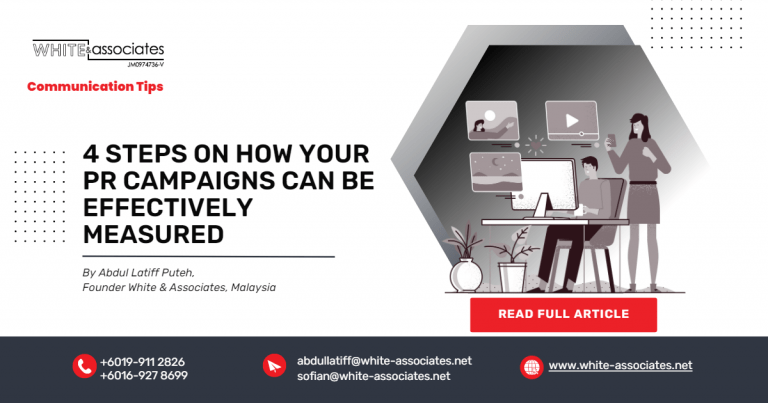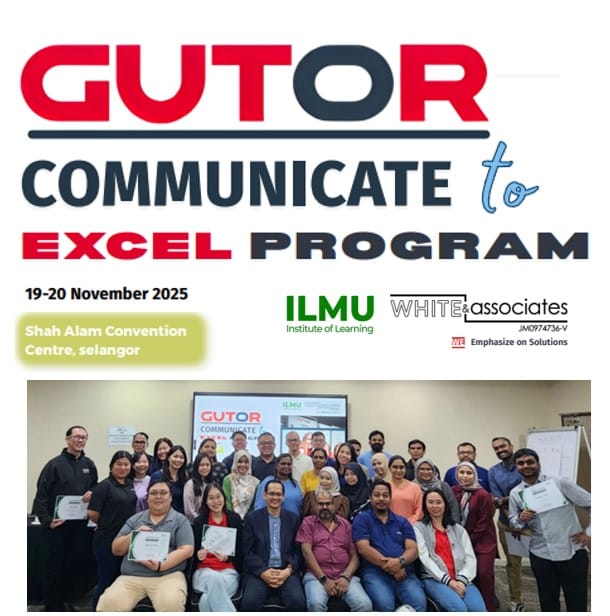Measurement of PR/Strategic Communication campaign effectiveness has always been a contentious topic in my 30 years as a communication professional. Management would have a general idea of what it should be, and communication practitioners, on the other hand, would have a general idea of how it should be approached because they have either received formal education in communication or have accumulated some kind of experience over the years of being a communication practitioner.
Because we don’t fully grasp how PR efforts may be measured in an effective way, many of us have come to believe that utilising AVE, or Advertising Value Equivalents, is the ideal technique. The International Communication Consultants Organisation (ICCO) in its 2021–2022 International Communication Consultants Organisation (ICCO) report shared, on average, more than 50% of practitioners worldwide still use the AVE as their preferred method of measurement.
This is despite the fact that AVE has been globally acknowledged as an ‘invalid metric,’ and condemned by AMEC (The International Association for Measurement & Evaluation of Communication) since the 2010 Barcelona Principles. Agencies or companies using AVE as a measurement tool claimed that most of the time it is requested by the client.
As communication practice evolves in this current digital age, management’s expectations and demands for a better form of measurement of PR/Strategic Communication efforts continue to take centre stage. We are sharing with you several simple steps on how effective measurements can be carried out for your campaigns:
1. Split between what your organisation needs to do and what your audience needs to do with regard to the campaign.
2. As the campaign initiator, identify the Inputs, Activities and Outputs of the campaign.
Inputs refer to your understanding of the issues based on your situational analysis, research findings, baseline data, strategic planning etc.
Activities refer to the various contents that you are required to create in order to run the campaign.
Outputs refer to the sharing of the various contents either through traditional media, activities, or digital platforms.
3. List the Outcomes you are expecting the audience to demonstrate from the campaign.
The Outcomes can be segregated into short-term, intermediate, and long-term. They can be in the form of levels of engagement, conversions, subscribers, increased adoption, compliance, etc.
4. The final stage is Impact or what happens as a result of the PR/Strategic Communication campaign. Basically, it occurs in society, industry, policy change.
Get in touch with us at WHITE and Associates if you are interested in discussing further how you can improve your measurement methods for PR / Strategic Communication campaigns.
By Abdul Latiff Puteh, Founder White & Associates, Malaysia




